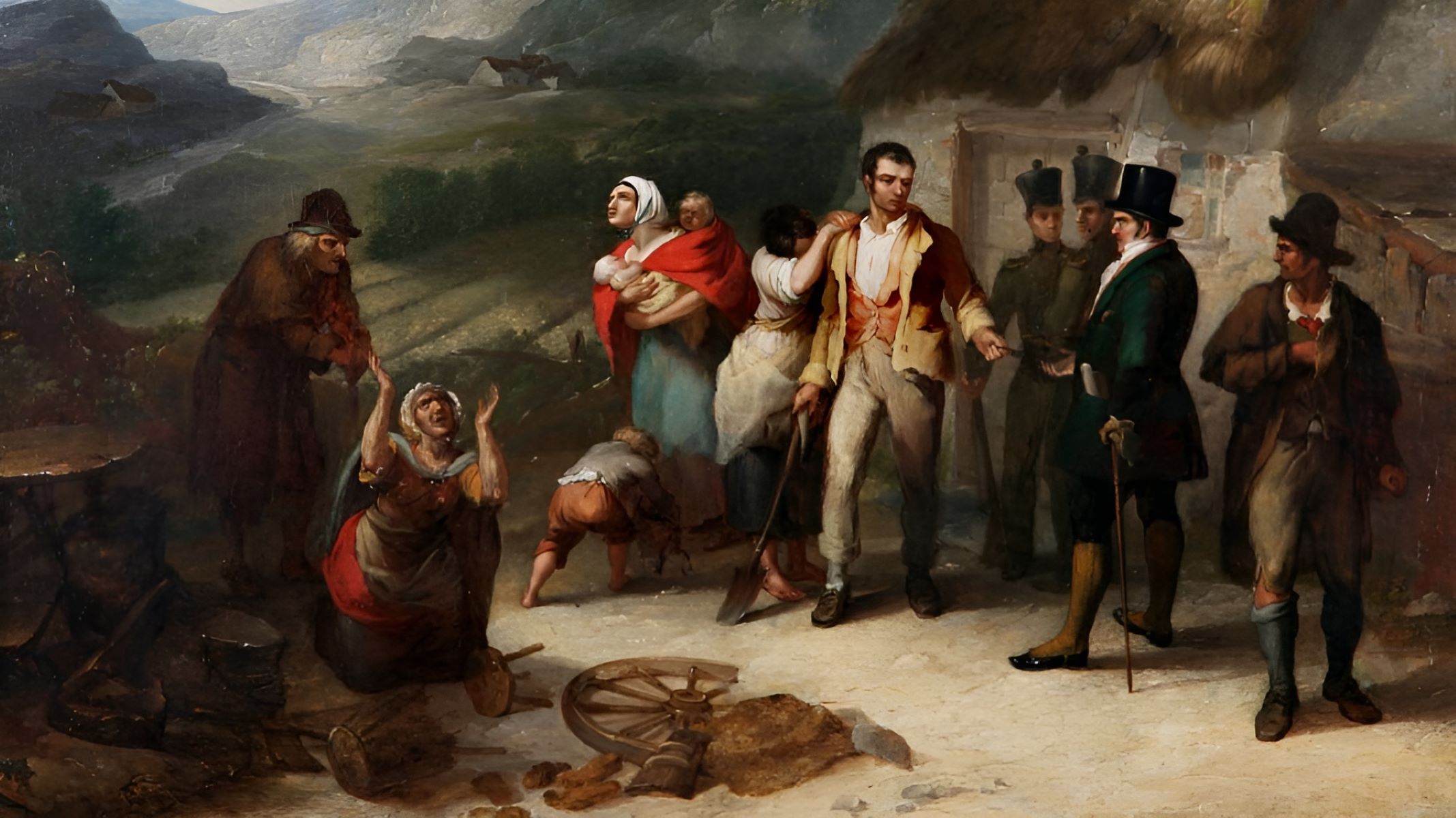
What was the Antebellum Period? The Antebellum Period refers to the time in American history before the Civil War, specifically between the late 18th century and 1861. This era saw significant changes in the United States, including rapid economic growth, westward expansion, and the intensification of the debate over slavery. During this period, the country experienced a mix of prosperity and tension, with advancements in technology and infrastructure alongside deepening social divides. Key events and cultural shifts shaped the nation, setting the stage for the conflict that would ultimately lead to the Civil War. Understanding this period helps us grasp the complexities of American history and the roots of many modern issues.
Key Takeaways:
- The Antebellum Period was a time of major change in America, with advancements in industry, social movements, and political conflicts setting the stage for the Civil War.
- From the rise of industrialization to the expansion of the United States, the Antebellum Period shaped America's future and laid the groundwork for the country we know today.
Antebellum Period: A Glimpse into Pre-Civil War America
The Antebellum Period in American history, spanning roughly from the late 18th century until the start of the Civil War in 1861, was a time of significant change and development. This era saw the rise of the abolitionist movement, the expansion of the United States, and the intensification of sectional conflicts. Here are some fascinating facts about this transformative period.
Economic Growth and Industrialization
The Antebellum Period was marked by rapid economic growth and the beginnings of industrialization, particularly in the Northern states.
- The cotton gin, invented by Eli Whitney in 1793, revolutionized cotton production, making it the dominant cash crop in the South.
- The Erie Canal, completed in 1825, connected the Great Lakes with the Atlantic Ocean, boosting trade and commerce.
- Railroads began to expand significantly during this period, with the first transcontinental railroad being proposed in the 1850s.
- The Lowell Mills in Massachusetts became a model for early American industrialization, employing young women in textile factories.
- The telegraph, invented by Samuel Morse in 1837, revolutionized communication across the country.
Social and Cultural Changes
This era also saw significant social and cultural shifts, including movements for reform and changes in daily life.
- The Second Great Awakening, a religious revival movement, swept through the United States, leading to the growth of various denominations.
- The temperance movement gained momentum, advocating for the reduction or elimination of alcohol consumption.
- Public education began to expand, with Horace Mann leading efforts to establish common schools.
- The women's rights movement started to take shape, with the Seneca Falls Convention in 1848 marking a significant milestone.
- Transcendentalism, a philosophical movement led by figures like Ralph Waldo Emerson and Henry David Thoreau, emphasized individualism and nature.
Slavery and Abolition
Slavery was a central issue during the Antebellum Period, leading to growing tensions between the North and South.
- The Missouri Compromise of 1820 attempted to balance the number of slave and free states.
- The Underground Railroad, a network of secret routes and safe houses, helped enslaved people escape to freedom.
- Harriet Tubman, an escaped slave, became one of the most famous conductors on the Underground Railroad.
- The publication of "Uncle Tom's Cabin" by Harriet Beecher Stowe in 1852 galvanized anti-slavery sentiment in the North.
- The Dred Scott decision in 1857 ruled that African Americans could not be citizens and that Congress had no authority to prohibit slavery in the territories.
Political Developments
The political landscape of the Antebellum Period was marked by significant events and conflicts that set the stage for the Civil War.
- The Democratic Party and the Whig Party were the two dominant political parties during much of this period.
- The Compromise of 1850 included measures such as the Fugitive Slave Act and the admission of California as a free state.
- The Kansas-Nebraska Act of 1854 allowed territories to decide on the issue of slavery through popular sovereignty, leading to violent conflicts known as "Bleeding Kansas."
- The Republican Party was founded in the 1850s, primarily as an anti-slavery party.
- The election of Abraham Lincoln in 1860, a Republican, was a catalyst for Southern secession and the start of the Civil War.
Technological and Scientific Advancements
The Antebellum Period was also a time of significant technological and scientific progress.
- The invention of the steamboat by Robert Fulton in 1807 revolutionized river transportation.
- John Deere's steel plow, invented in 1837, made farming more efficient, particularly in the Midwest.
- The discovery of anesthesia in the 1840s transformed medical surgery.
- The Smithsonian Institution was established in 1846, promoting scientific research and education.
- The first successful demonstration of a mechanical reaper by Cyrus McCormick in 1831 greatly increased agricultural productivity.
Westward Expansion
The United States expanded westward during the Antebellum Period, driven by the belief in Manifest Destiny.
- The Louisiana Purchase in 1803 doubled the size of the United States.
- The Lewis and Clark Expedition (1804-1806) explored the newly acquired western territories.
- The Oregon Trail became a major route for settlers moving westward.
- The Texas Revolution in 1836 led to the independence of Texas from Mexico and its eventual annexation by the United States.
- The Mexican-American War (1846-1848) resulted in the U.S. acquiring territories that would become California, Nevada, Utah, Arizona, and parts of Colorado and New Mexico.
Cultural and Artistic Flourishing
The Antebellum Period also saw a flourishing of American culture and arts.
- The Hudson River School, an art movement, focused on romantic landscapes of the American wilderness.
- Edgar Allan Poe, a prominent writer, published many of his famous works during this time.
- The minstrel show, a form of entertainment featuring white performers in blackface, became popular, though it is now recognized as deeply racist.
- P.T. Barnum opened his American Museum in New York City in 1841, showcasing oddities and curiosities.
- The first American cookbook, "American Cookery" by Amelia Simmons, was published in 1796, reflecting the culinary practices of the time.
Education and Intellectual Movements
Education and intellectual thought saw significant developments during the Antebellum Period.
- The establishment of land-grant colleges began with the Morrill Act of 1862, though the idea was proposed earlier.
- The Lyceum movement, promoting adult education through lectures and discussions, gained popularity.
- Alexis de Tocqueville's "Democracy in America," published in 1835, provided a detailed analysis of American society and politics.
The Lasting Impact of the Antebellum Period
The Antebellum Period left a significant mark on American history. It was a time of rapid change, with the country grappling with issues like slavery, industrialization, and westward expansion. These years set the stage for the Civil War, shaping the nation's future.
Understanding this era helps us appreciate the complexities of American society. The debates and conflicts of the time still echo today, reminding us of the importance of addressing social and economic inequalities.
The innovations and cultural shifts from the Antebellum Period continue to influence modern America. From advancements in technology to changes in social norms, the legacy of this era is undeniable.
By studying these facts, we gain a deeper insight into the forces that have shaped our world. The Antebellum Period remains a crucial chapter in the story of the United States.
Frequently Asked Questions
Was this page helpful?
Our commitment to delivering trustworthy and engaging content is at the heart of what we do. Each fact on our site is contributed by real users like you, bringing a wealth of diverse insights and information. To ensure the highest standards of accuracy and reliability, our dedicated editors meticulously review each submission. This process guarantees that the facts we share are not only fascinating but also credible. Trust in our commitment to quality and authenticity as you explore and learn with us.


